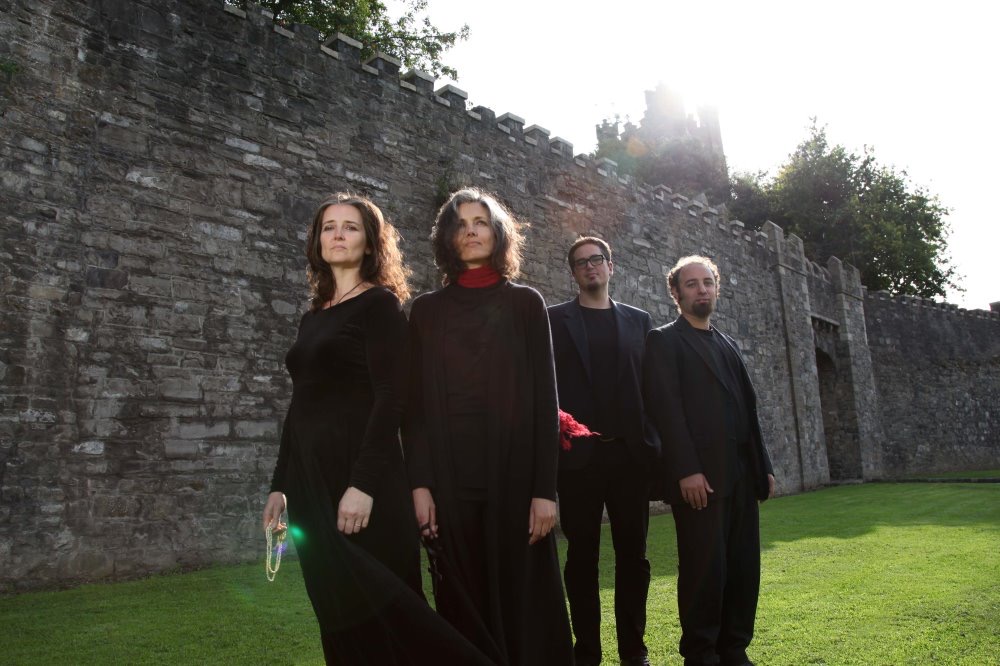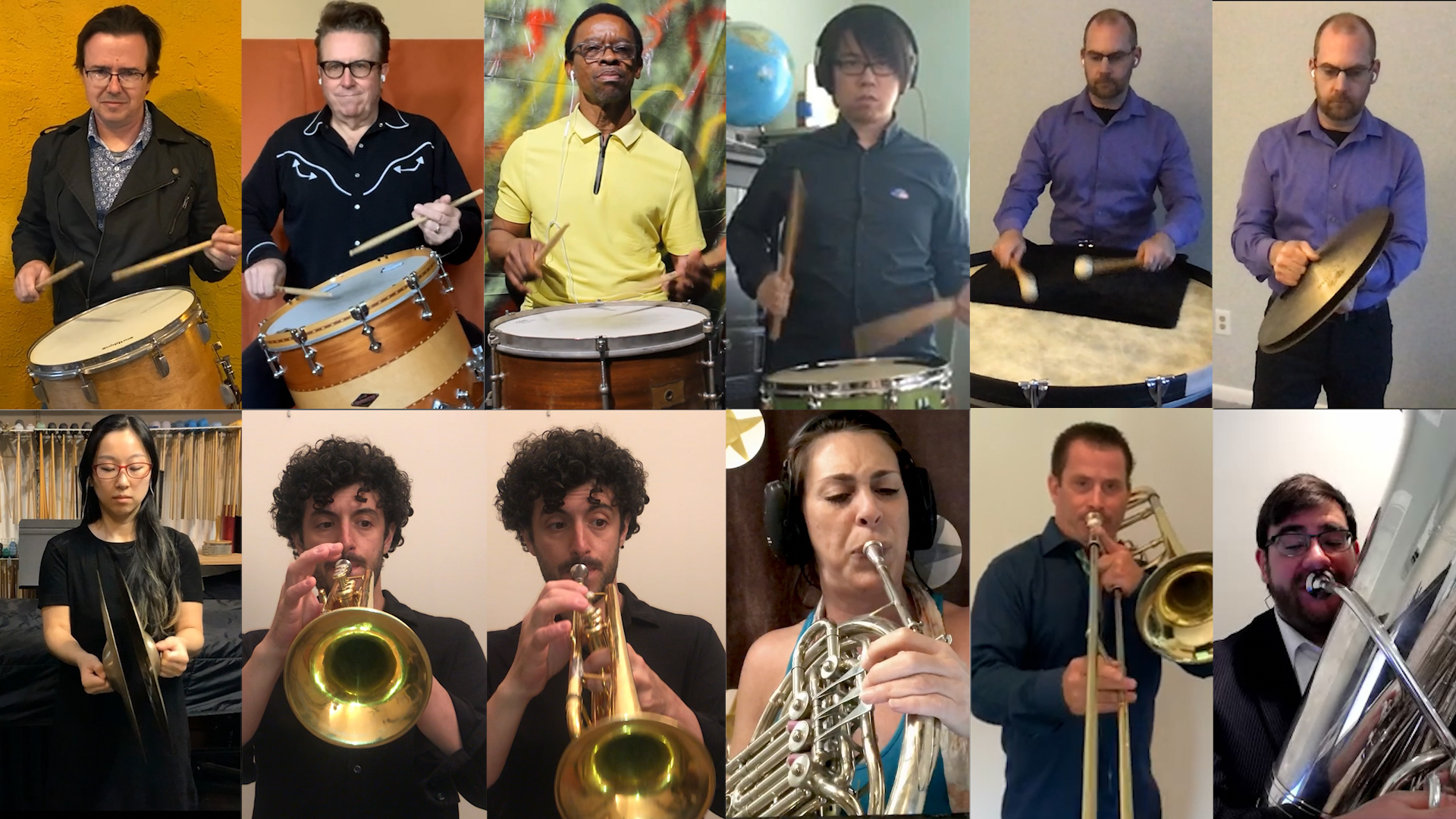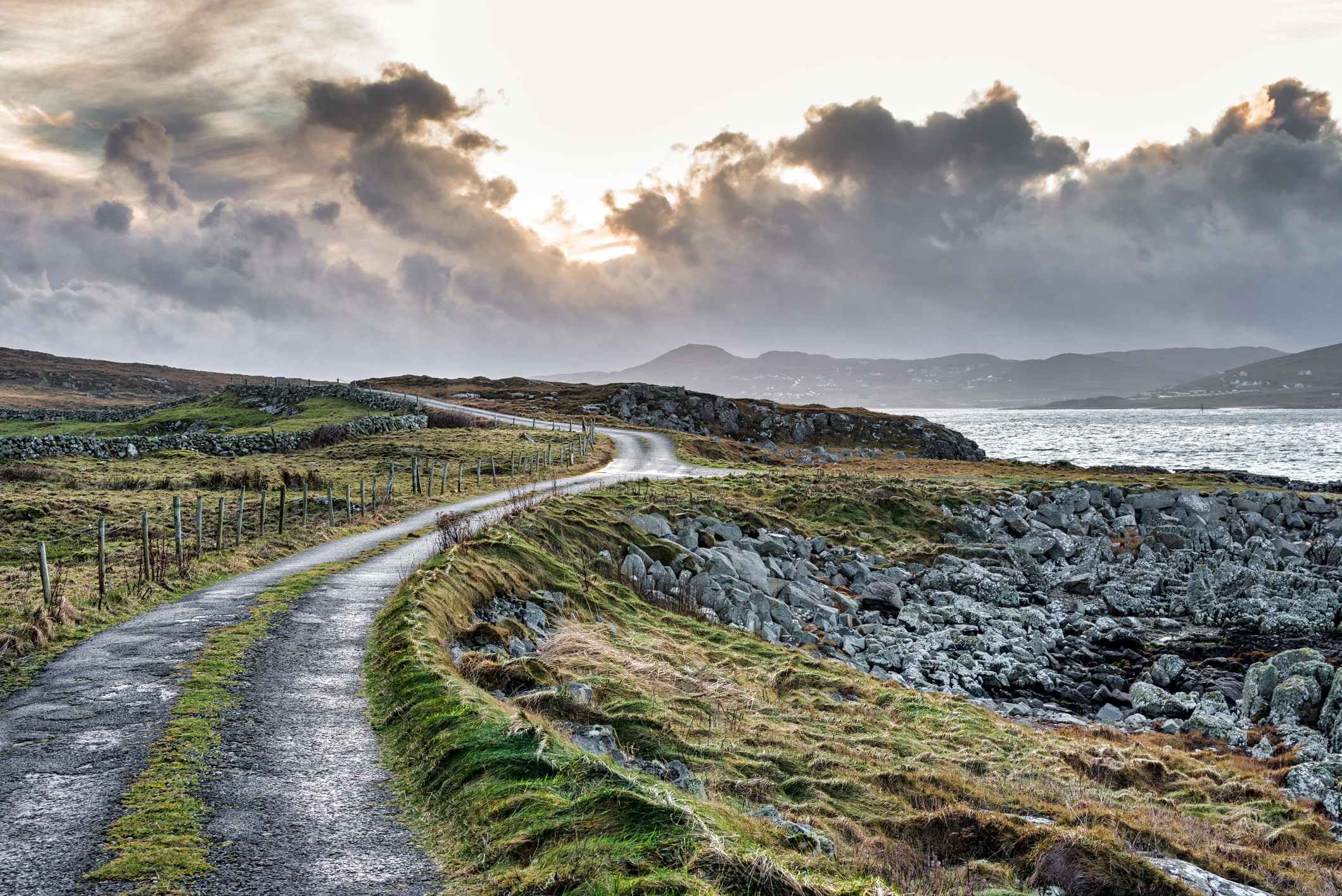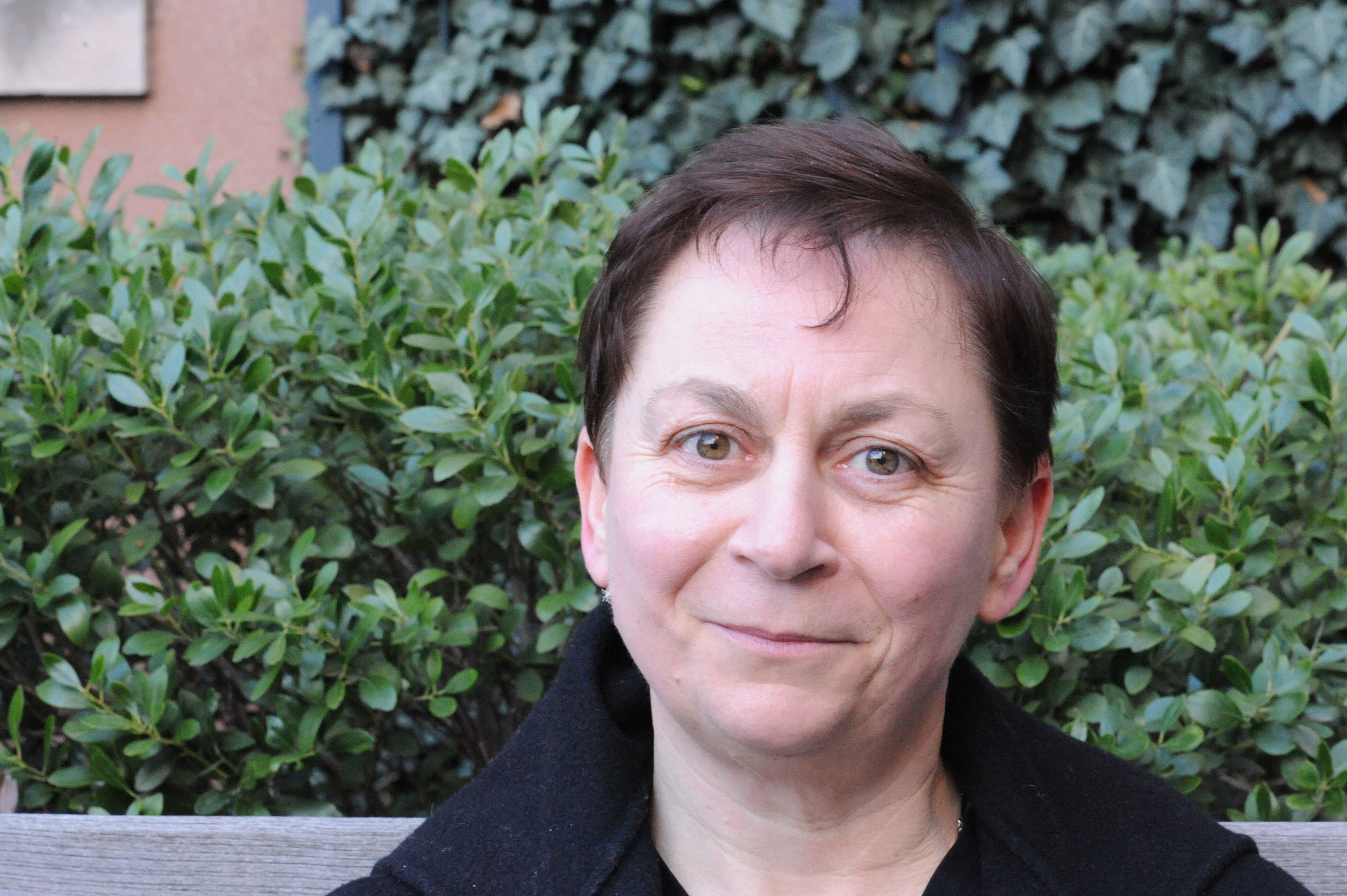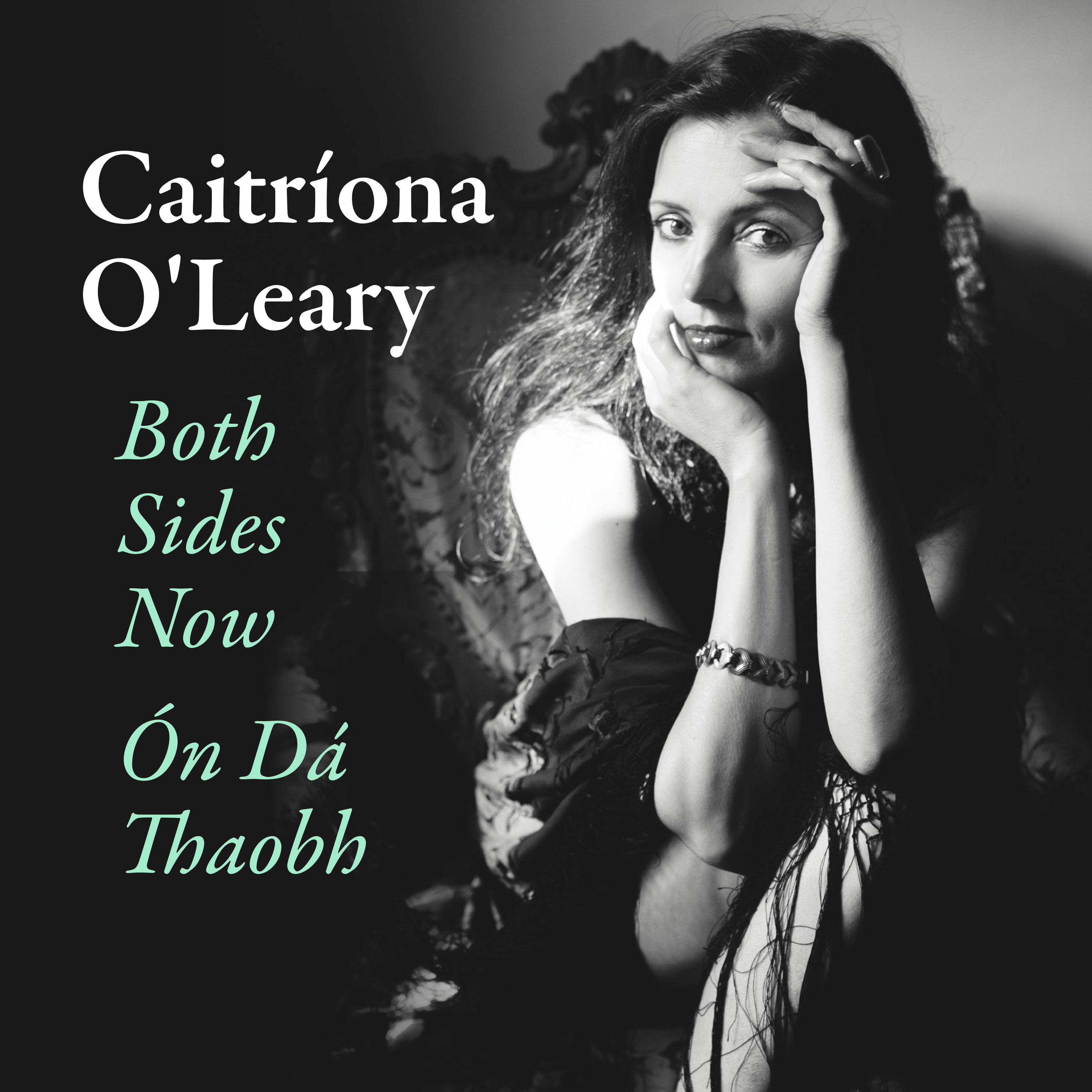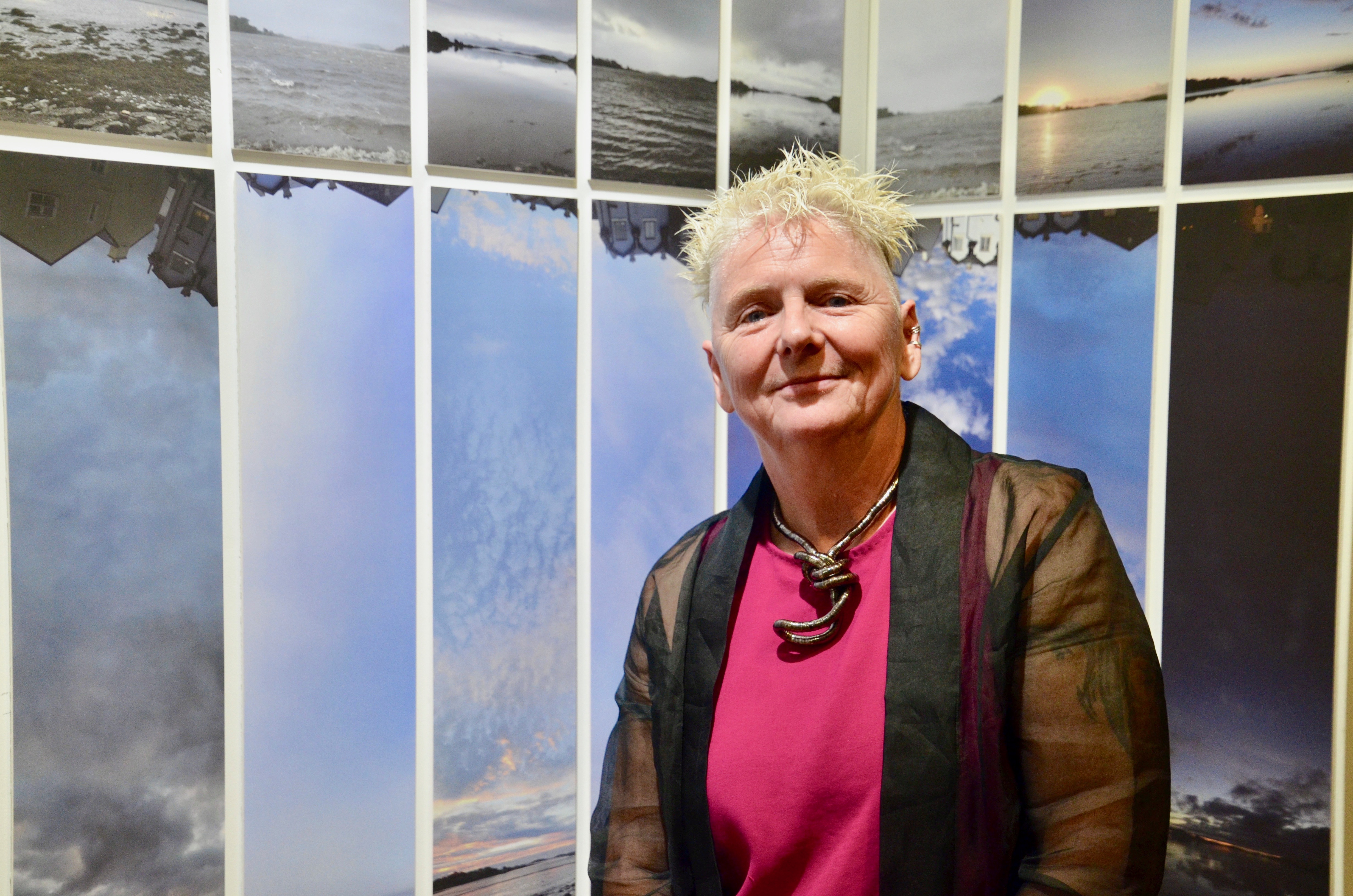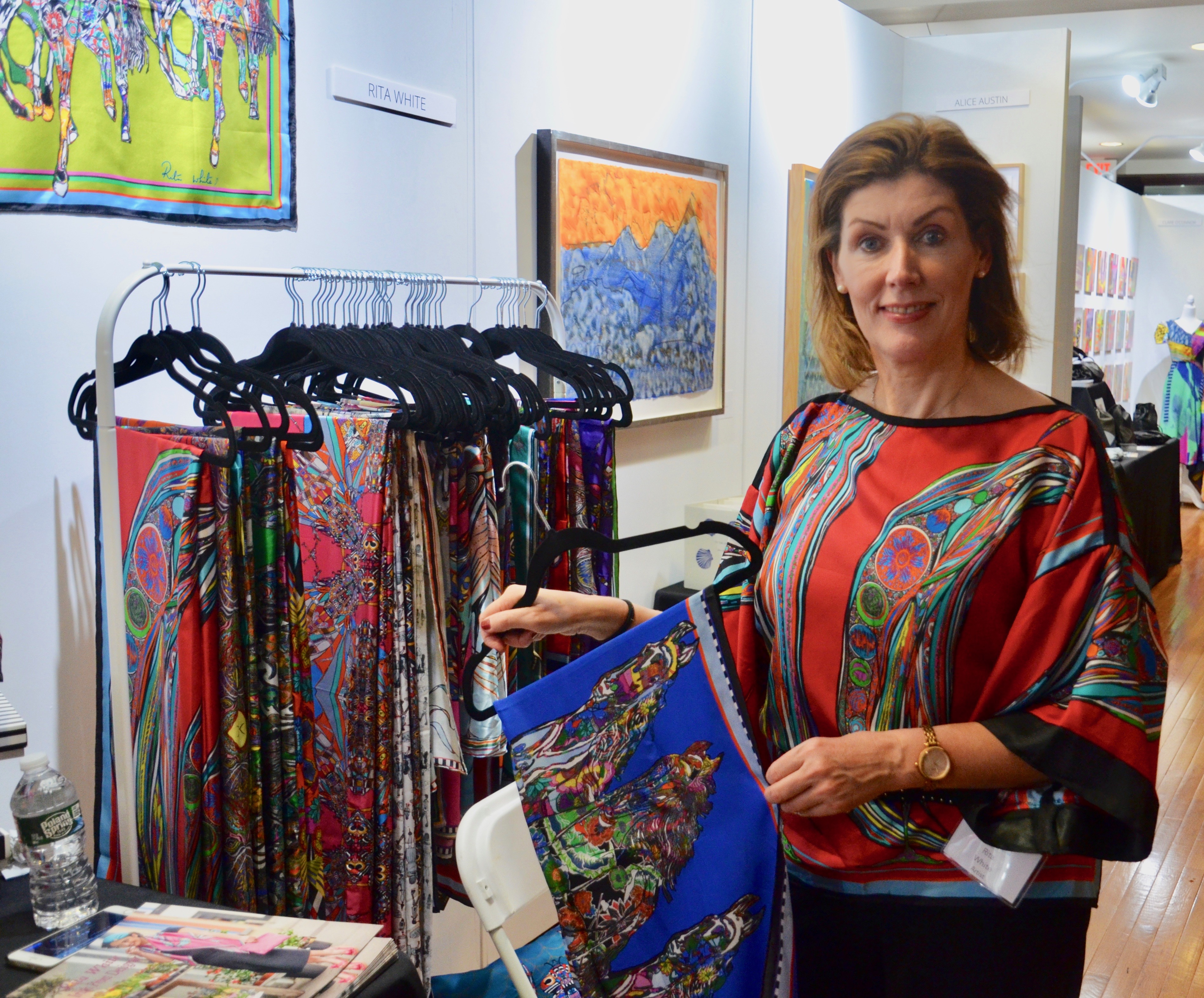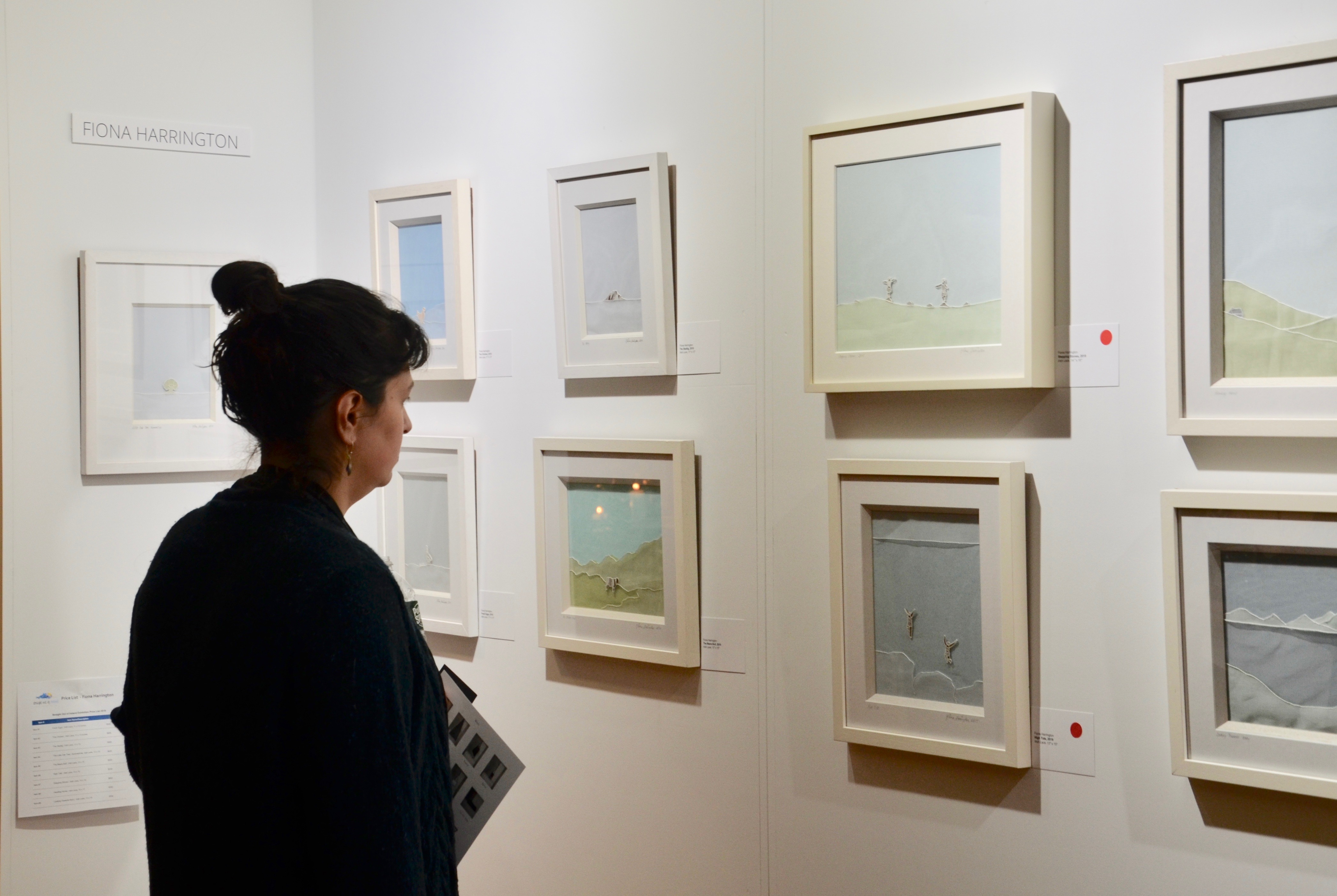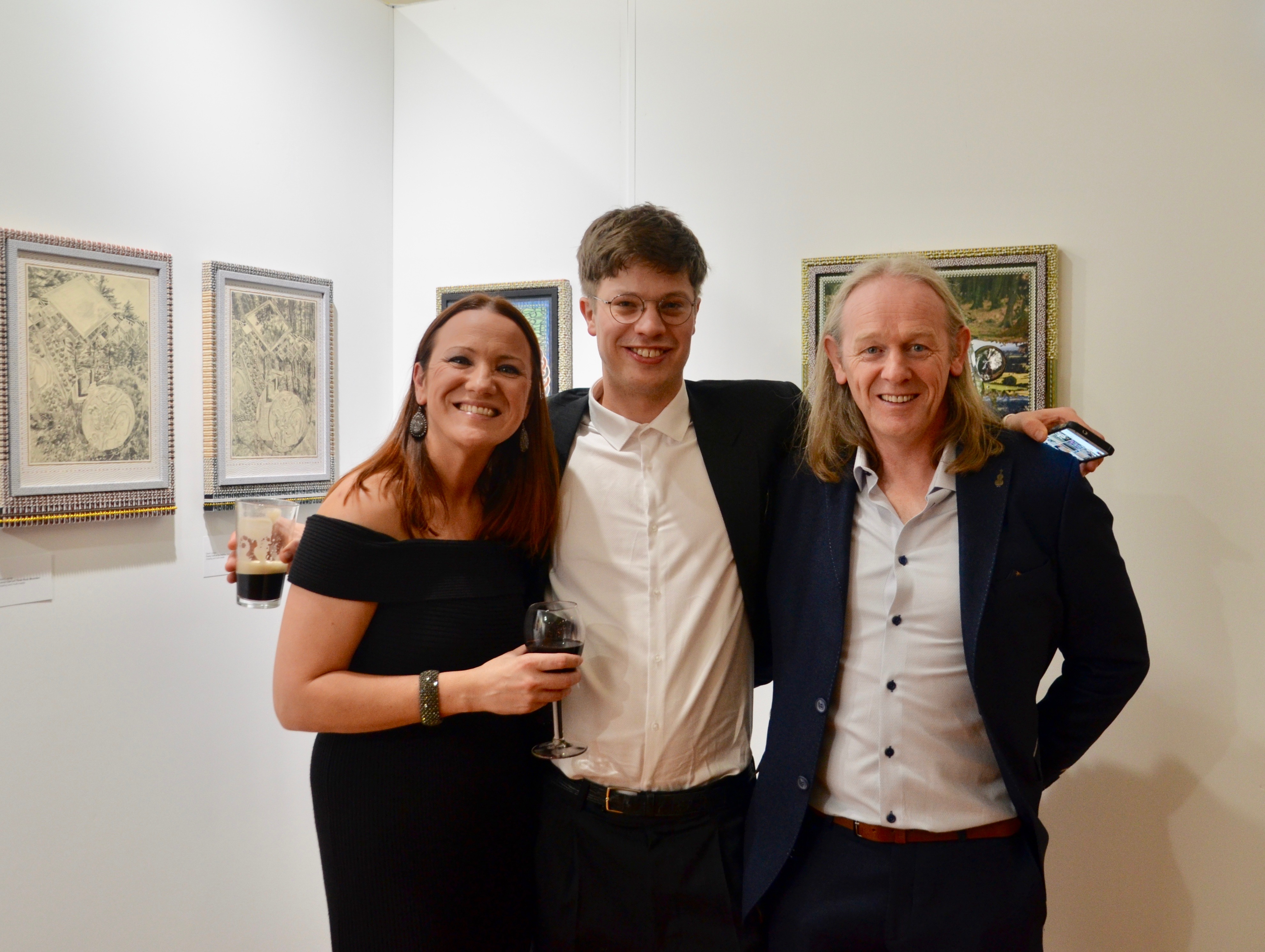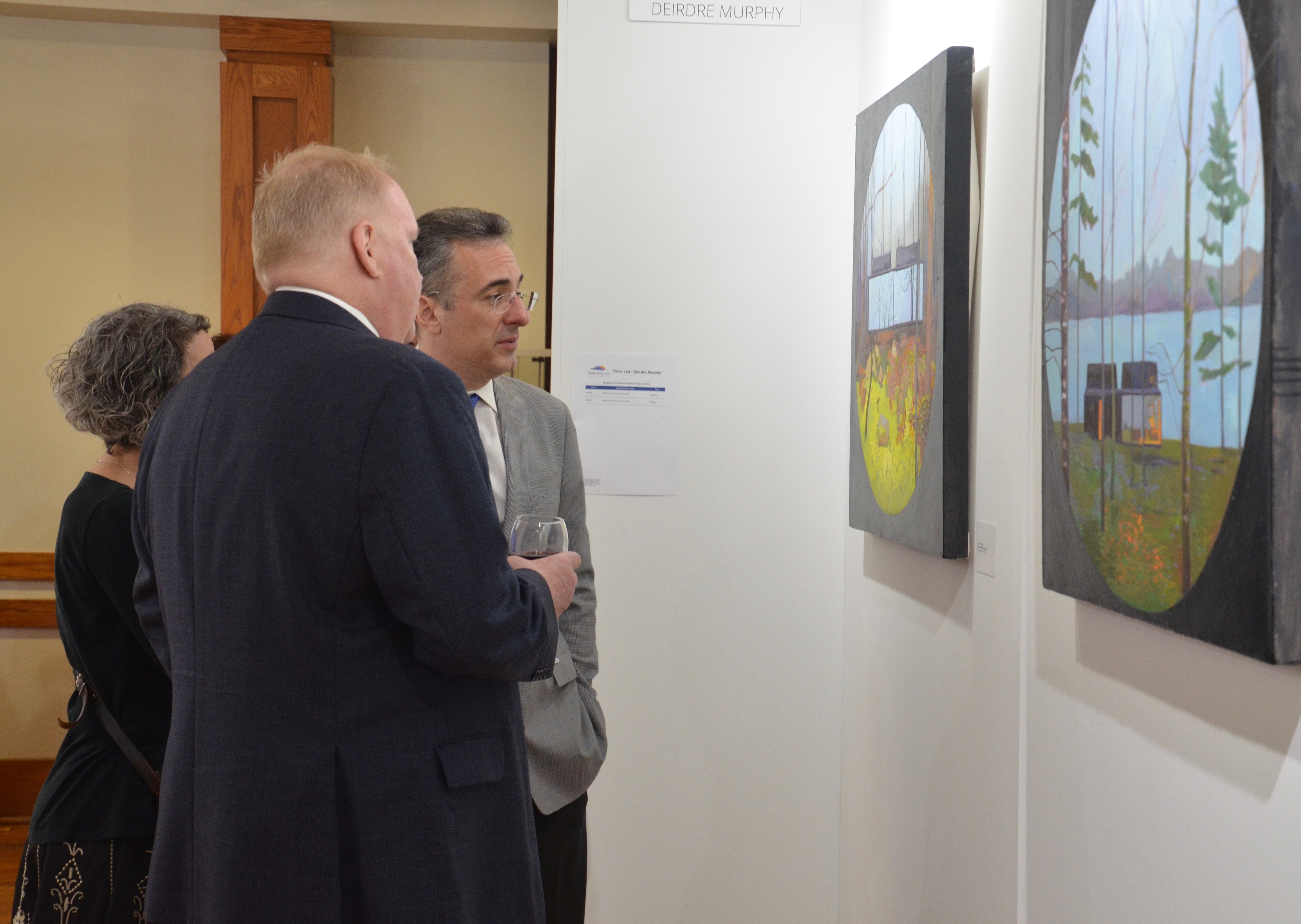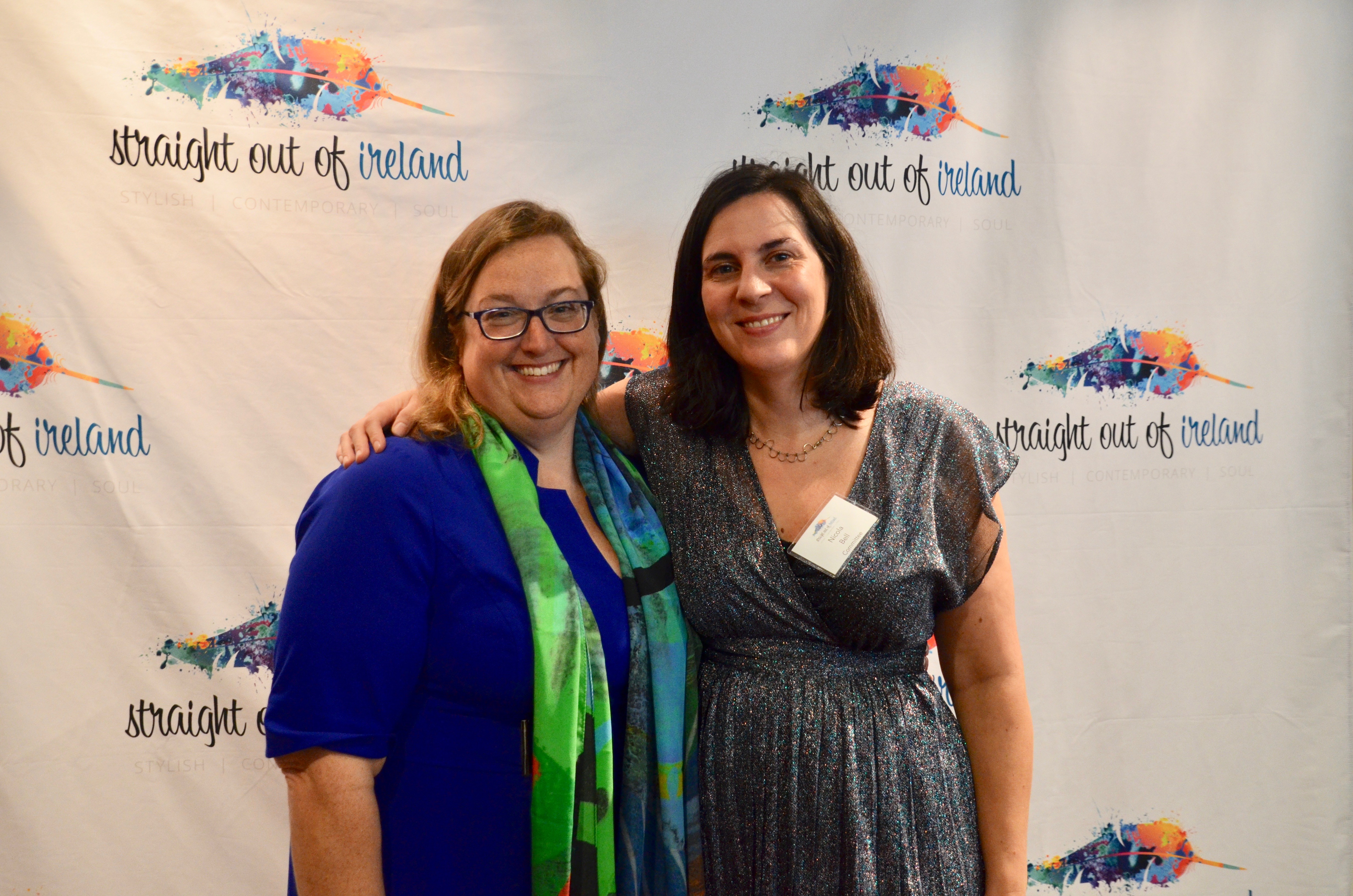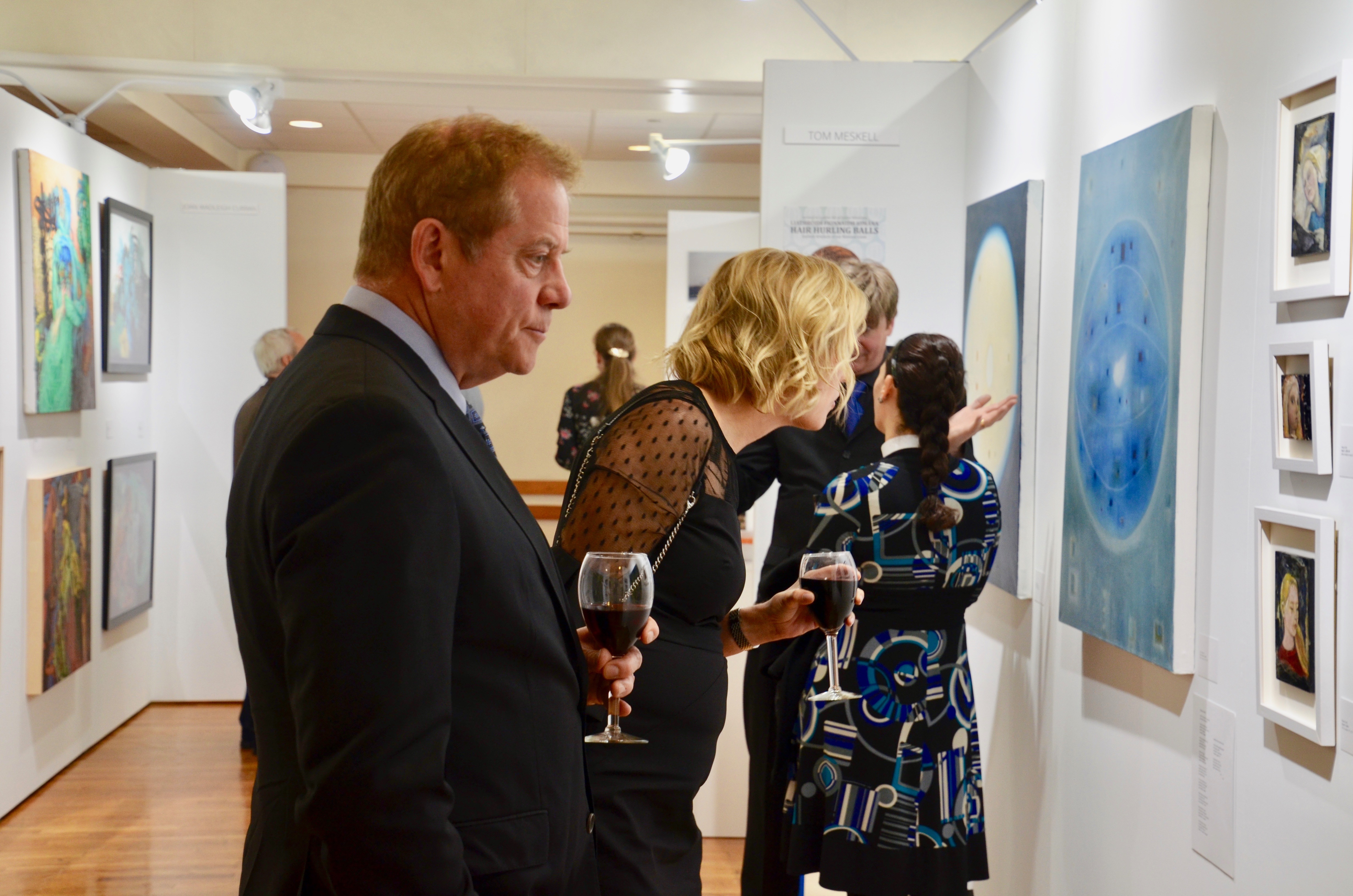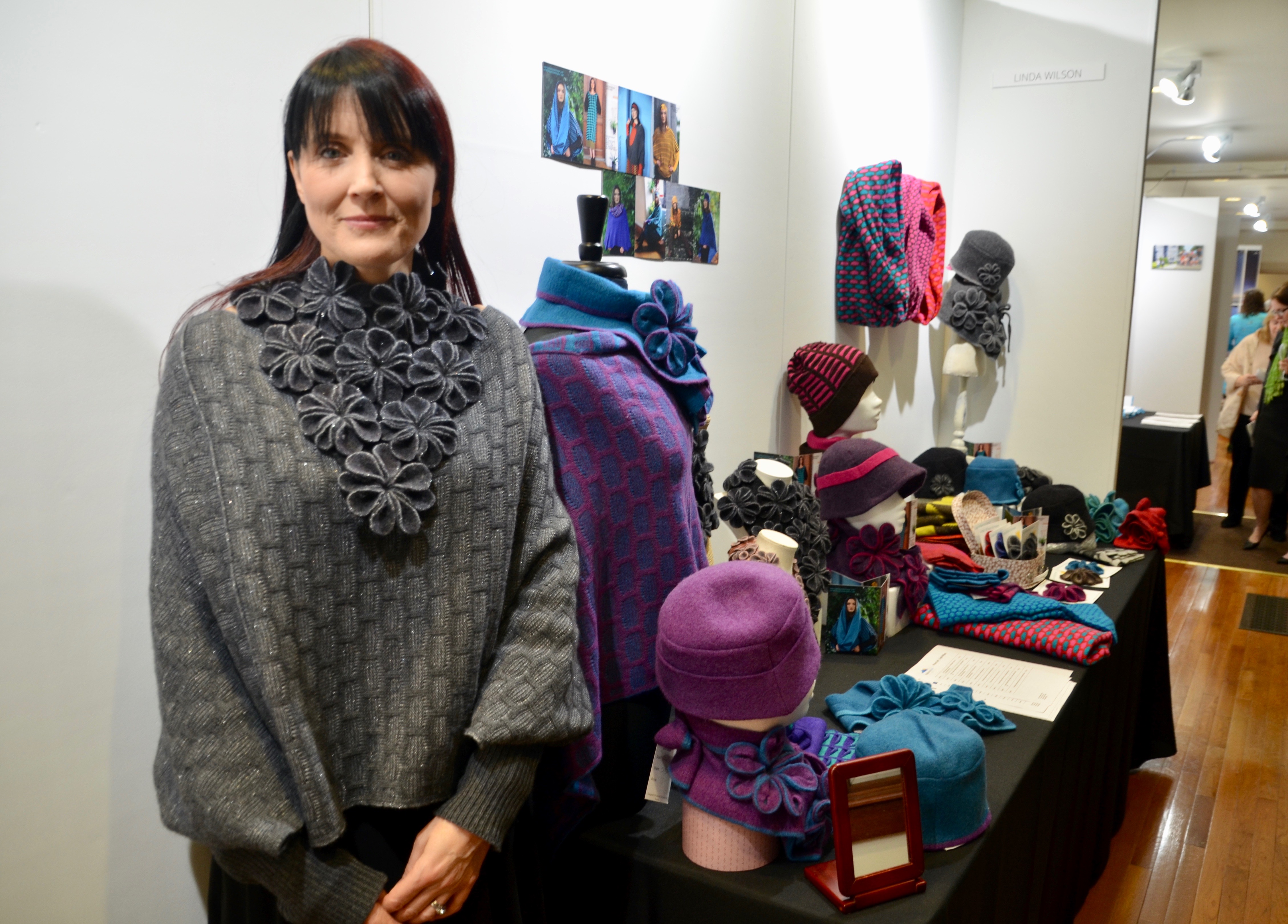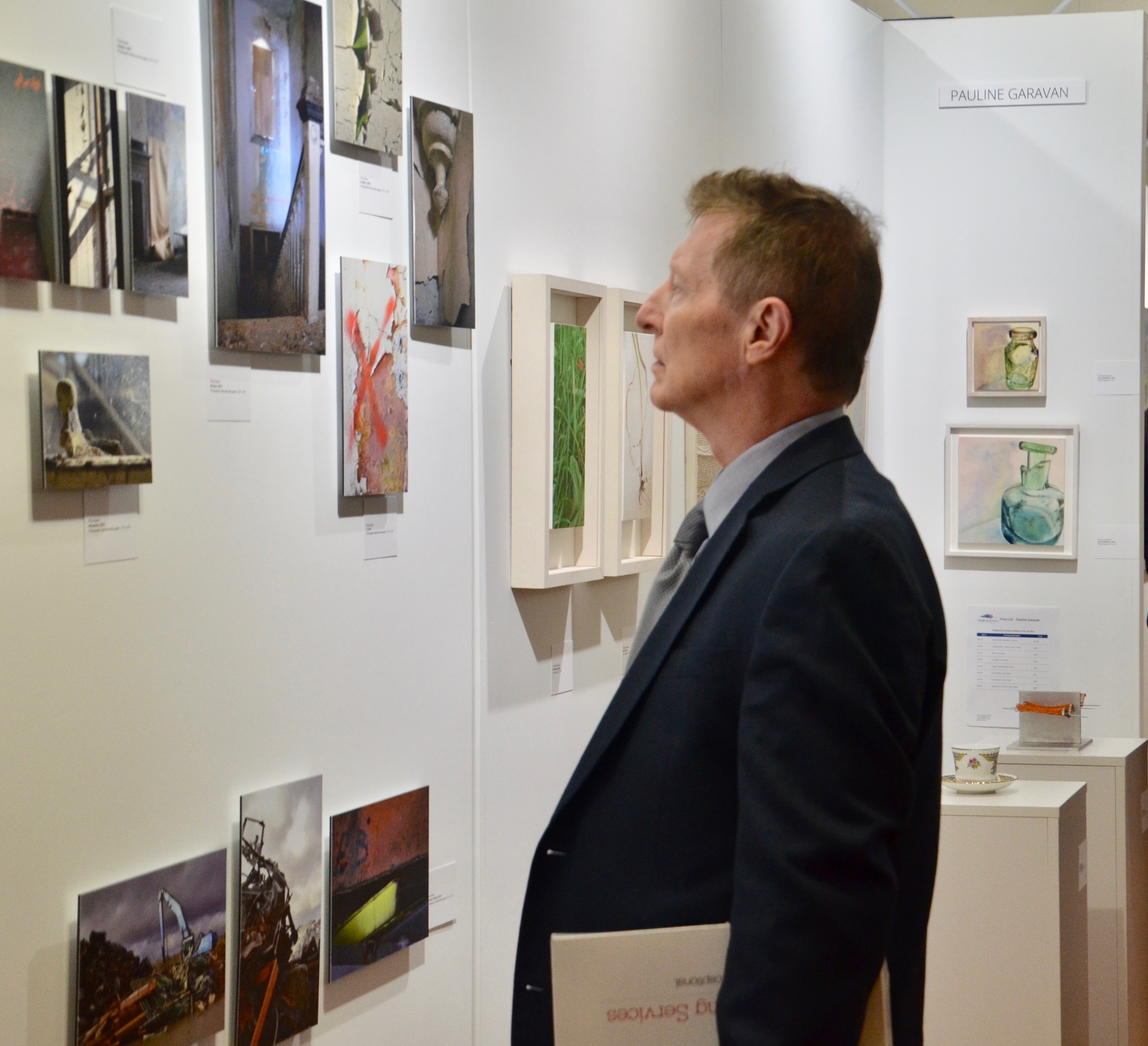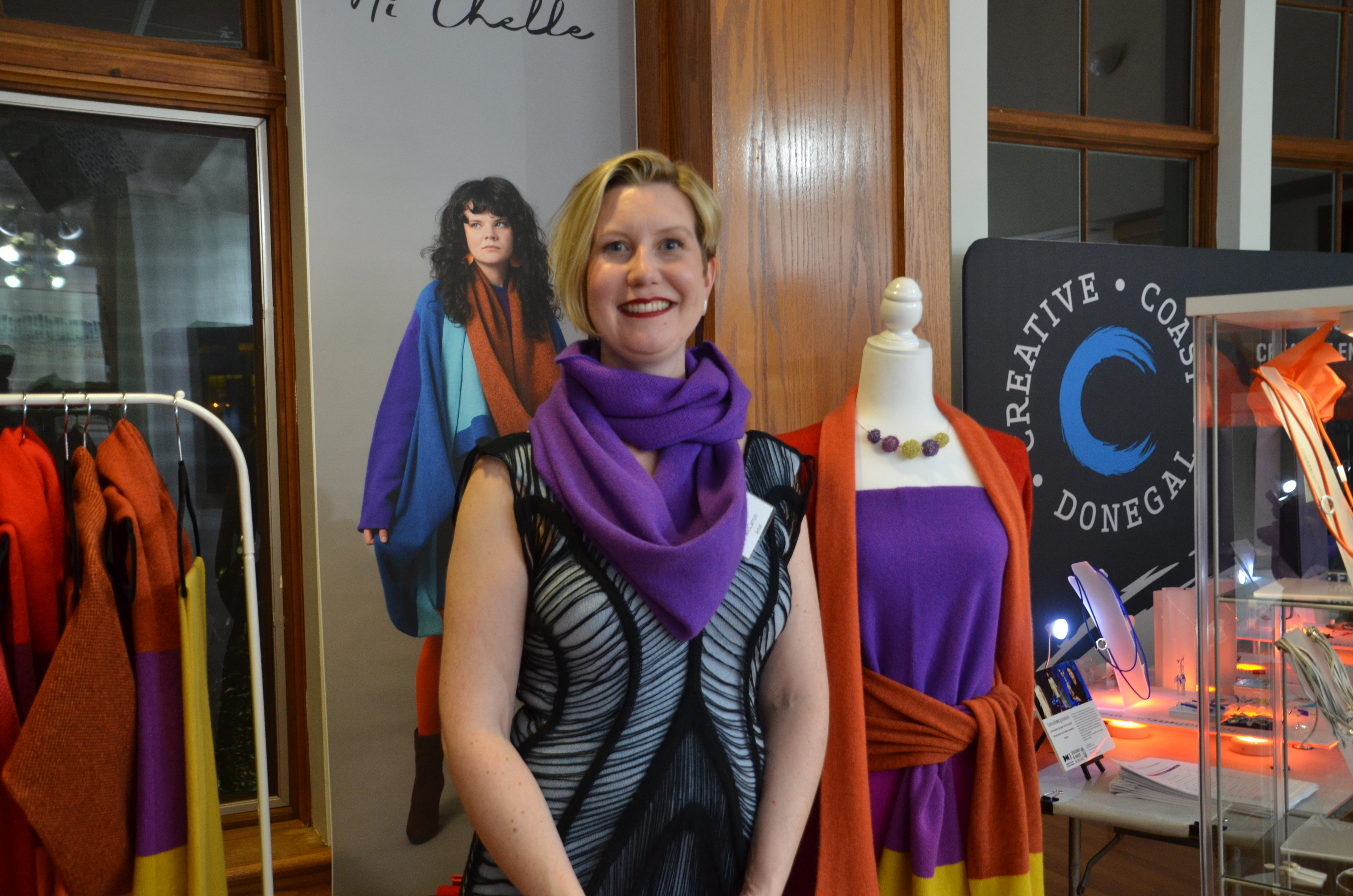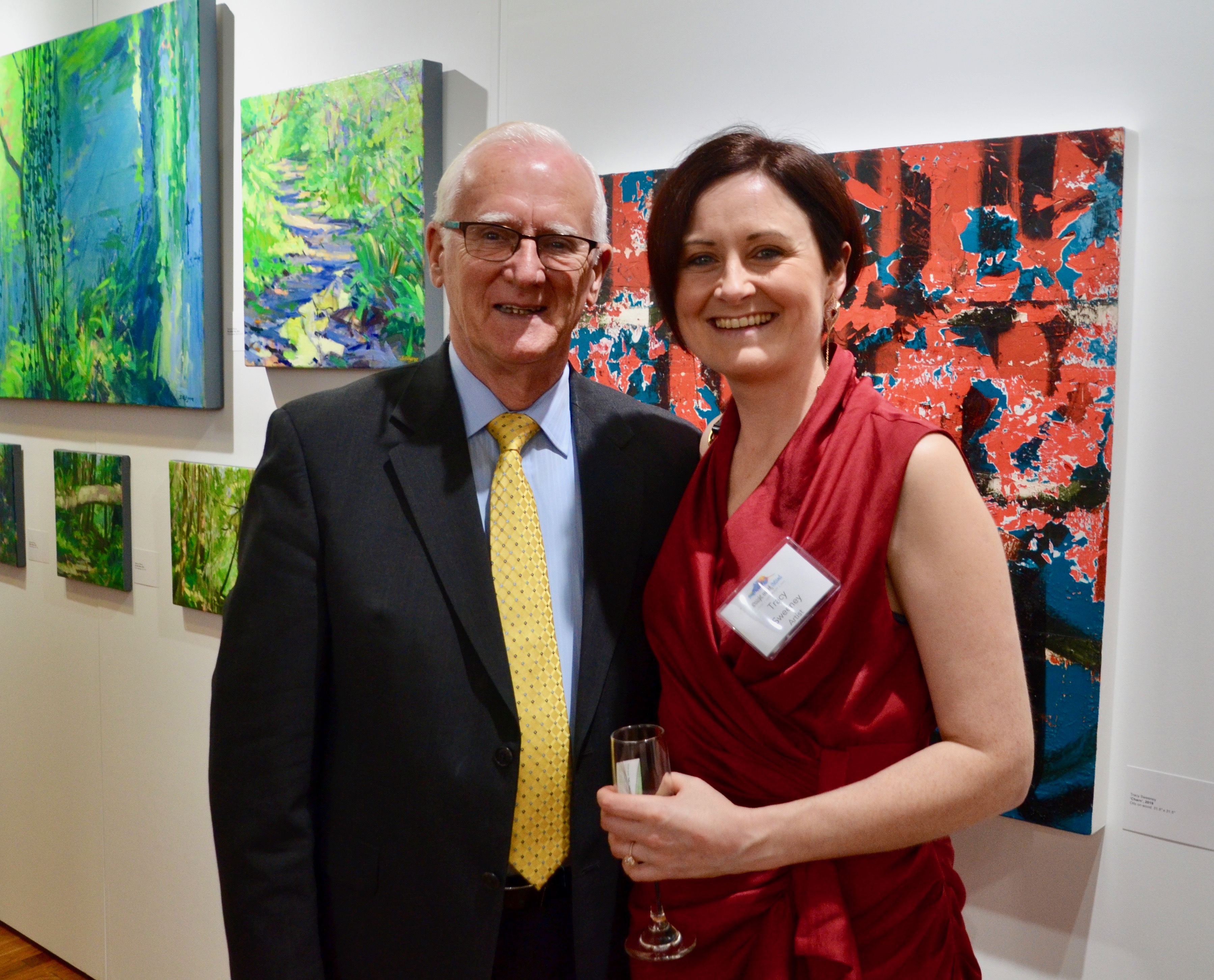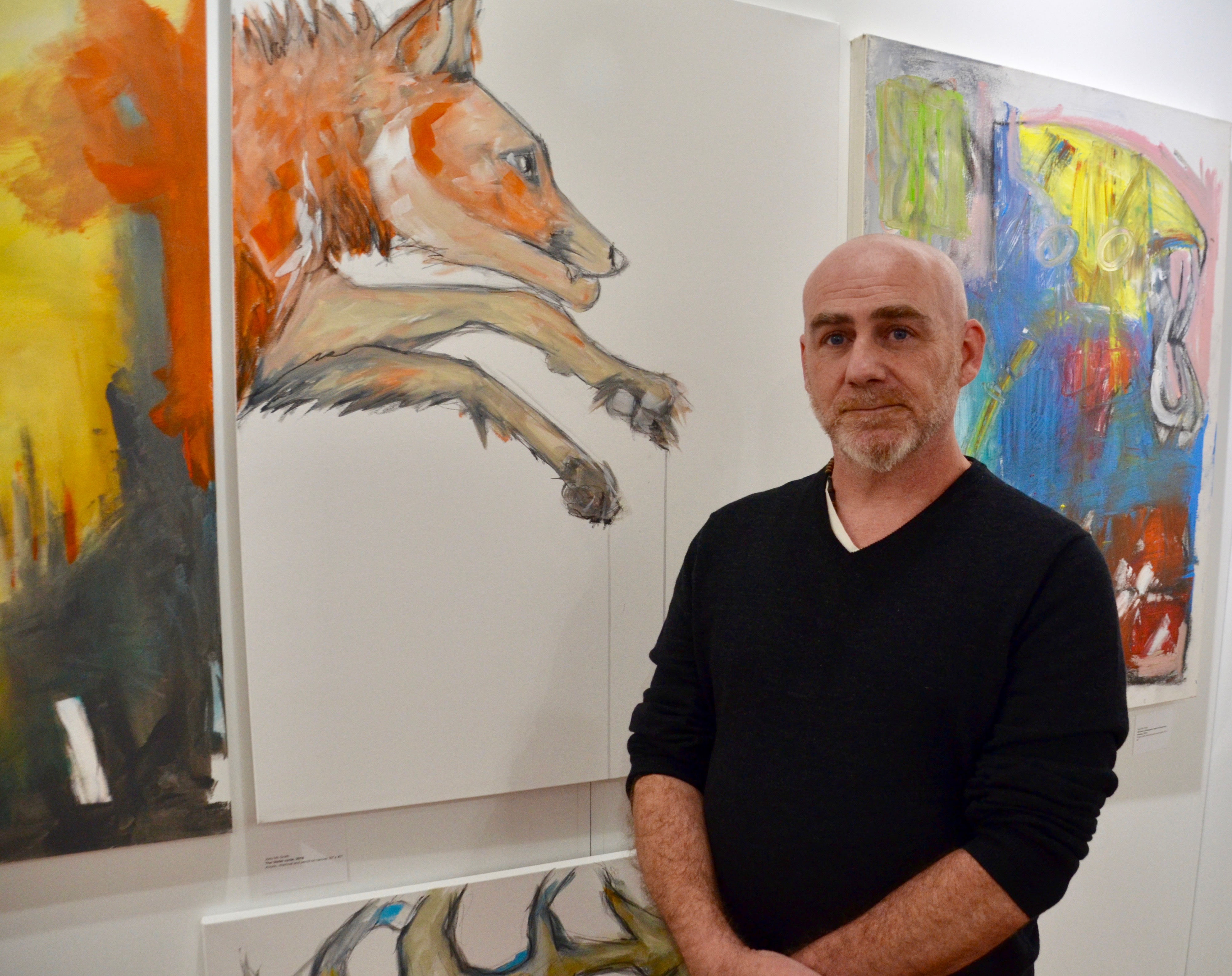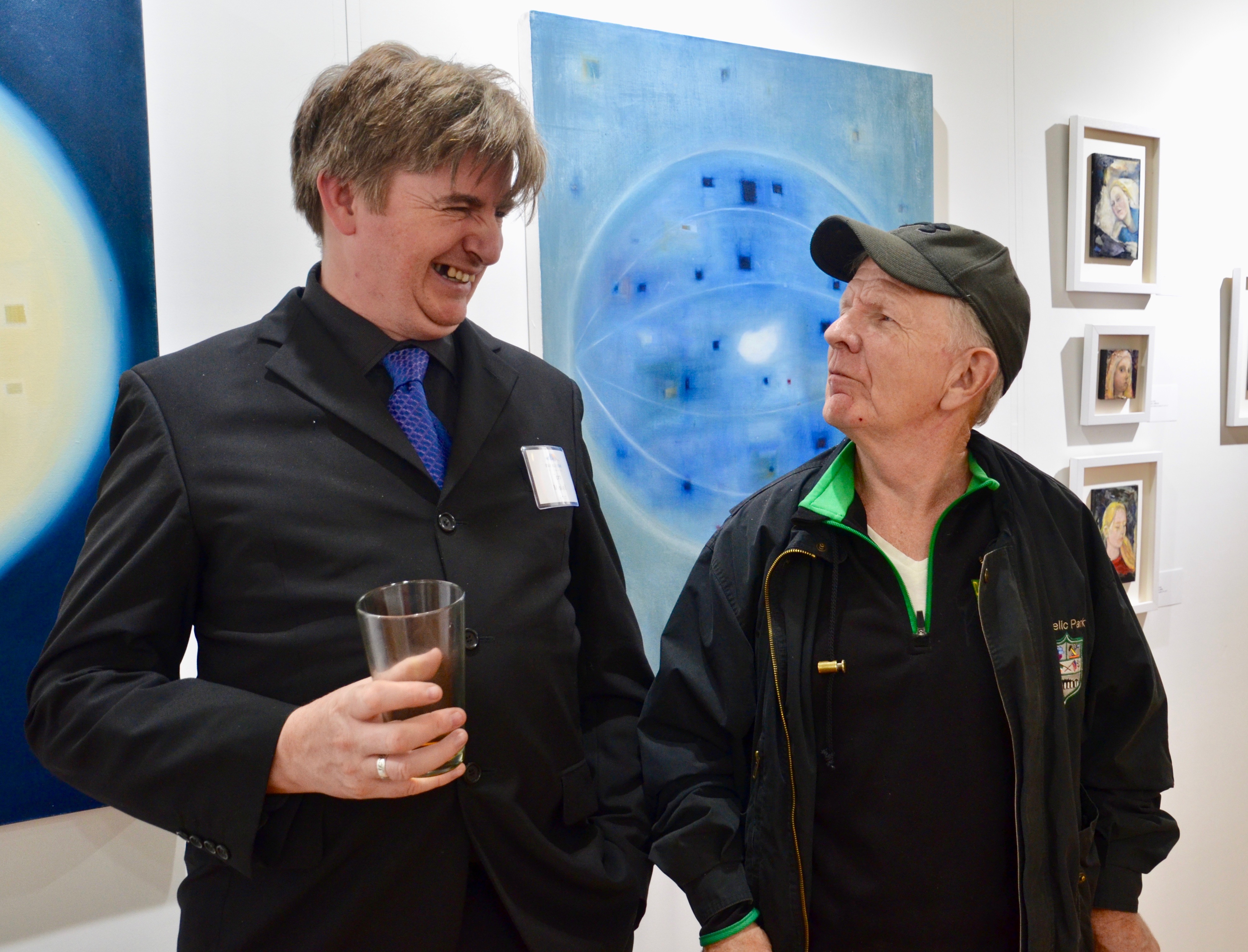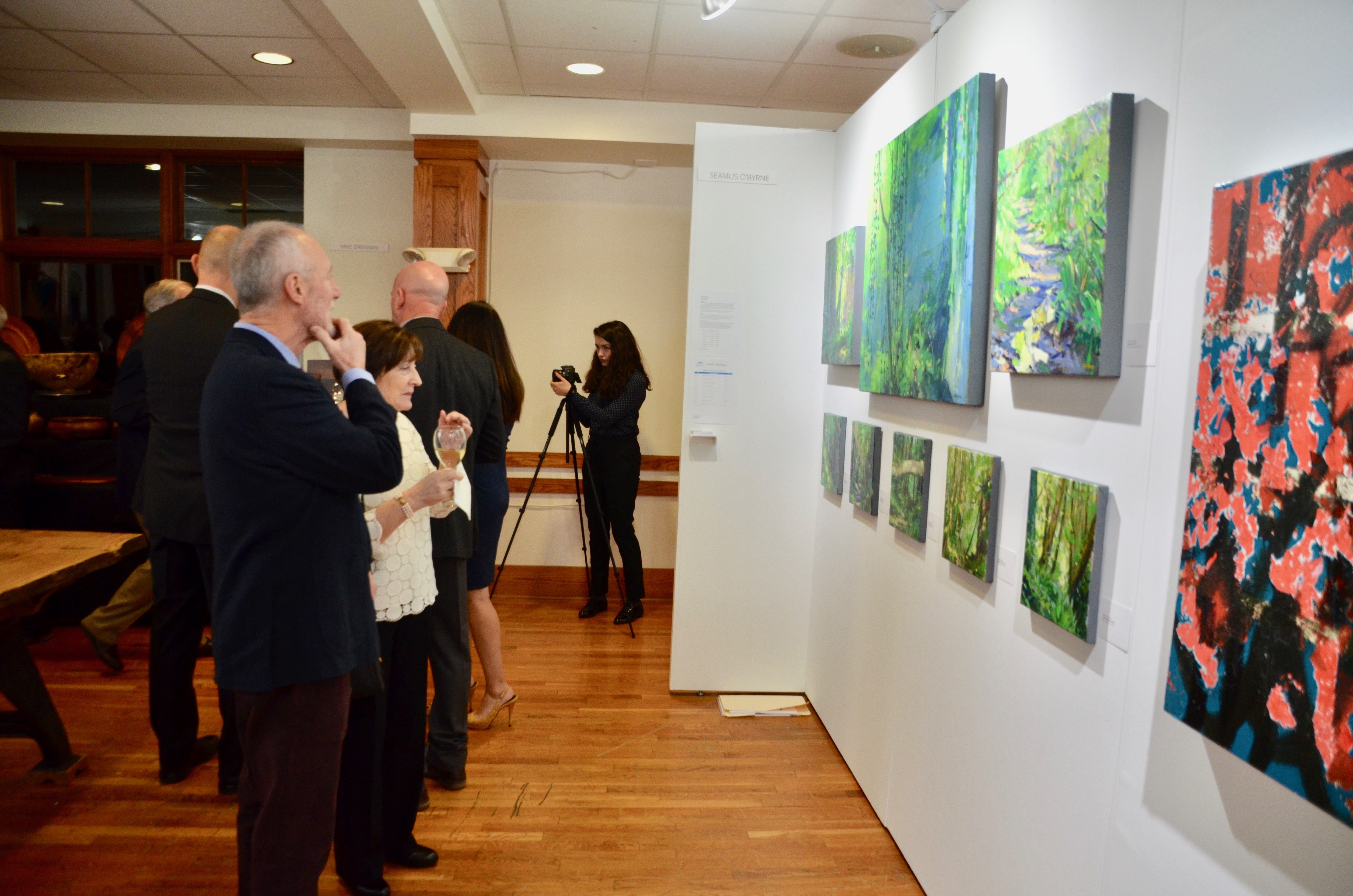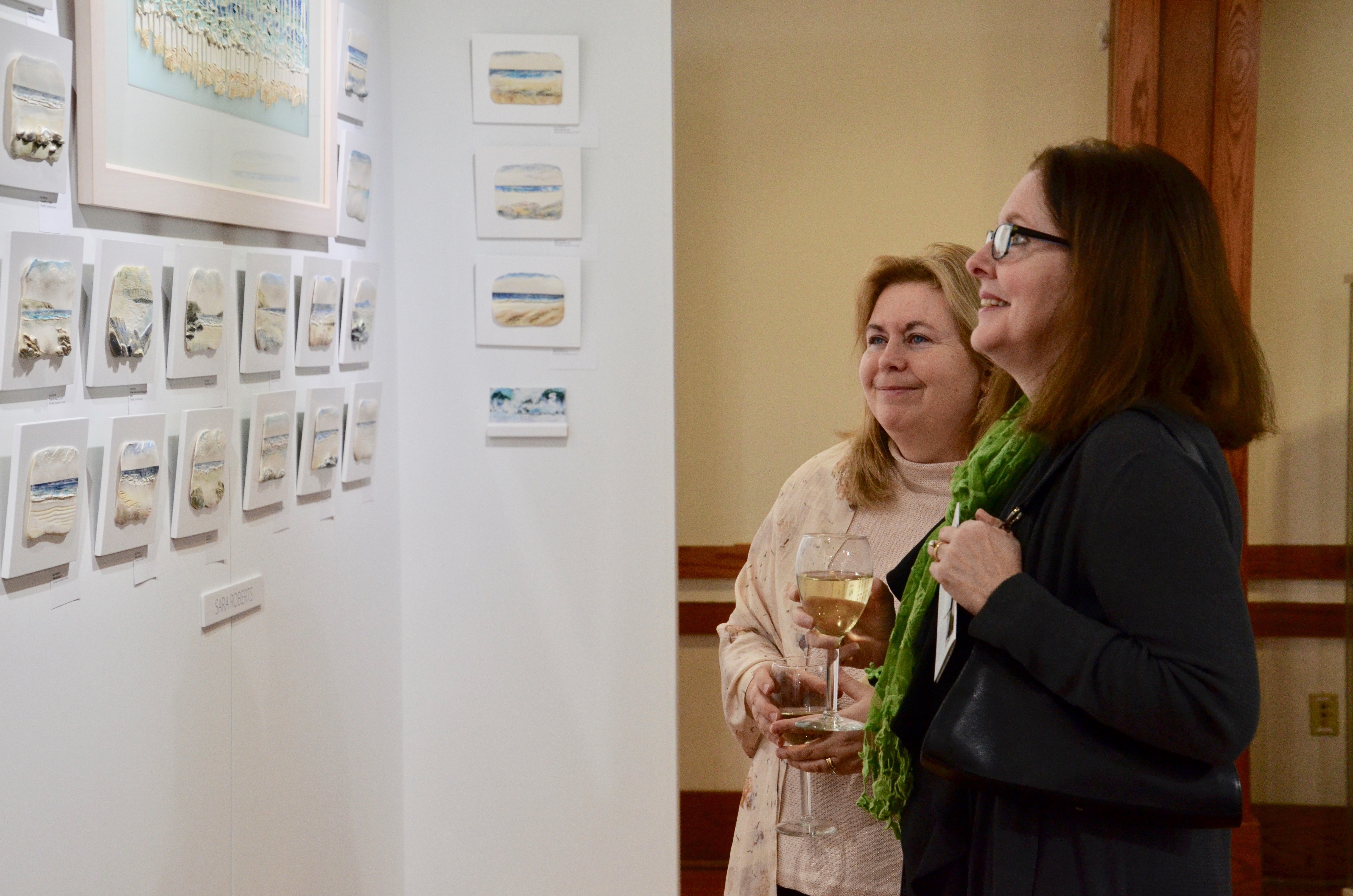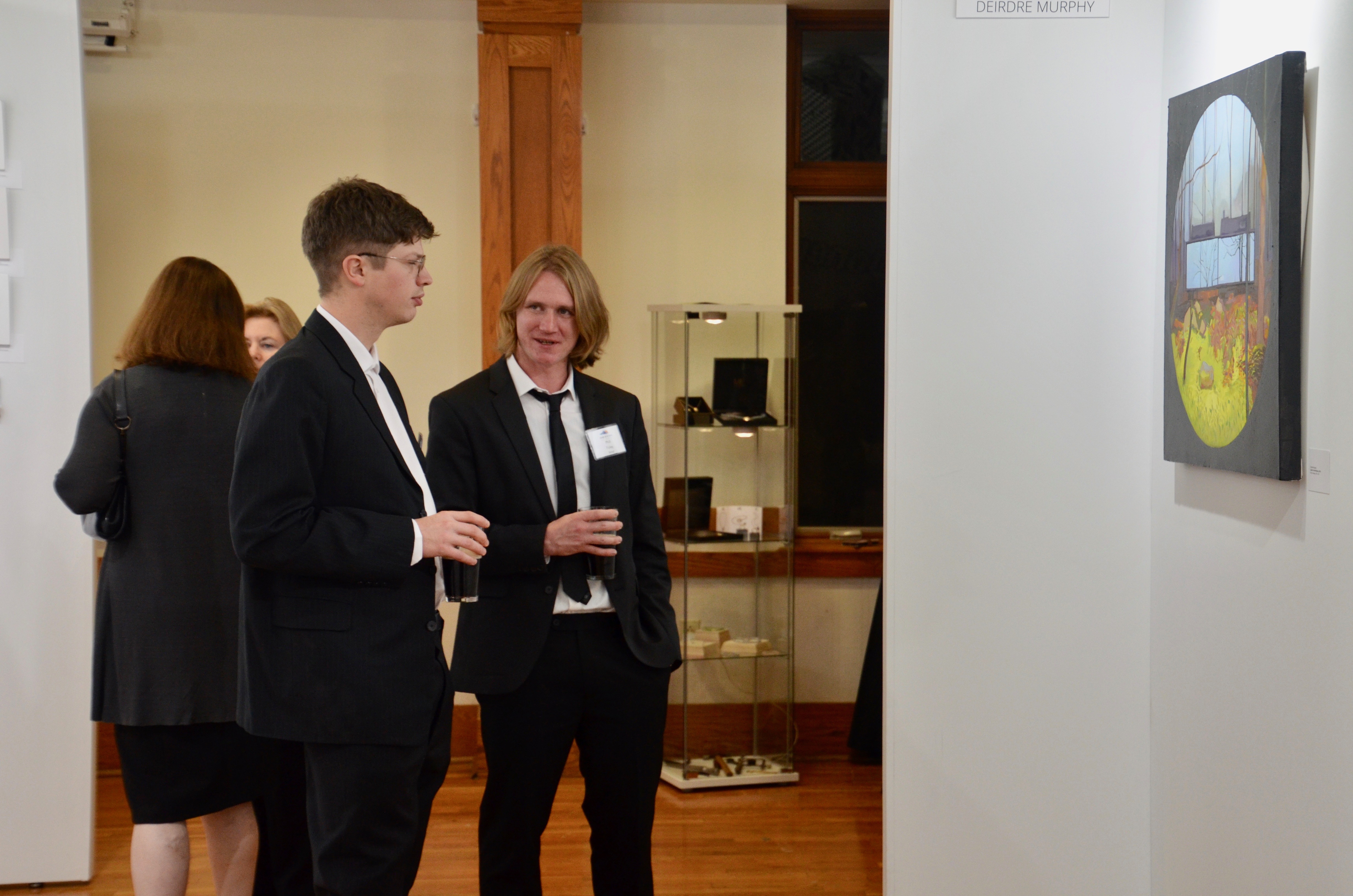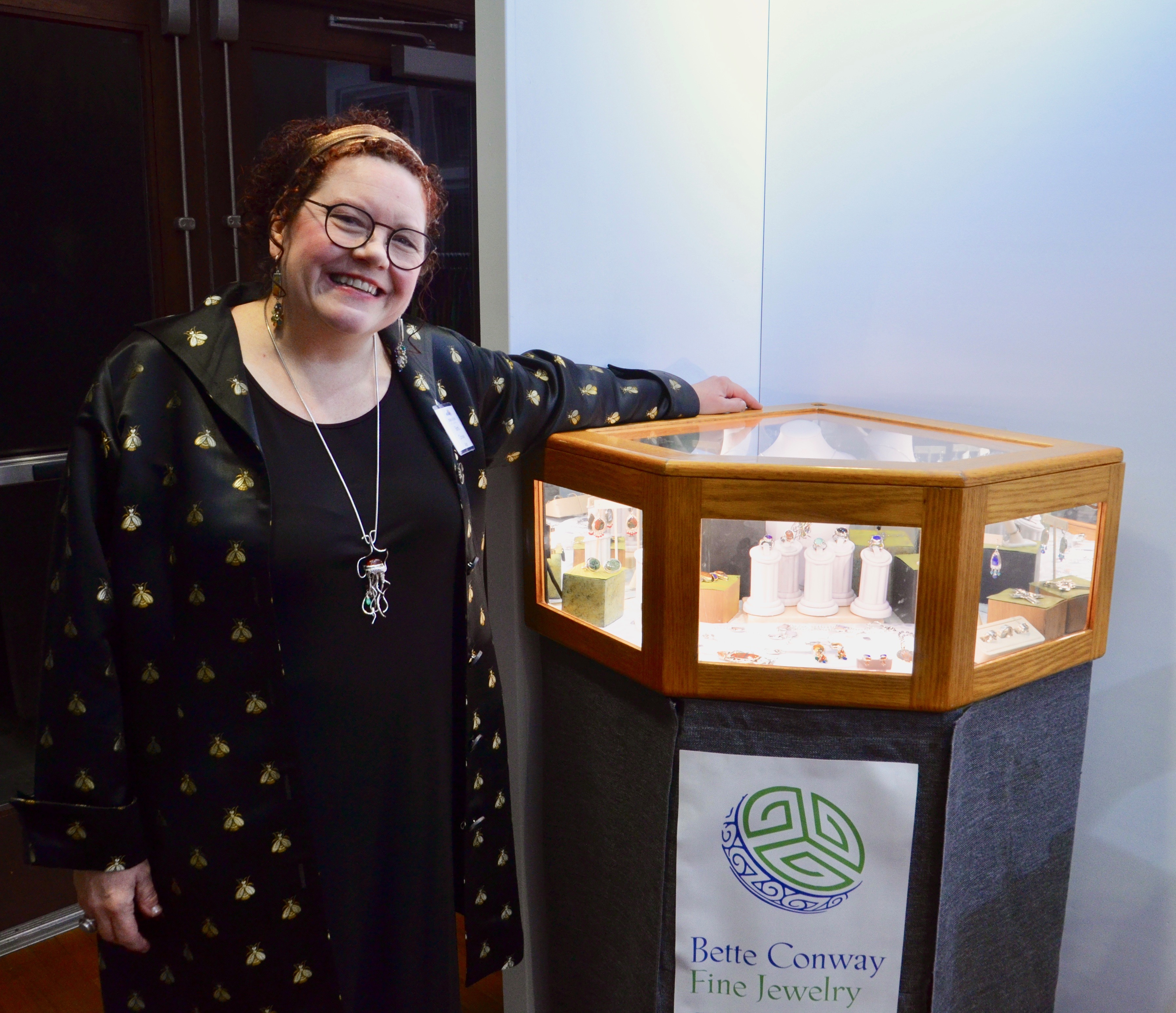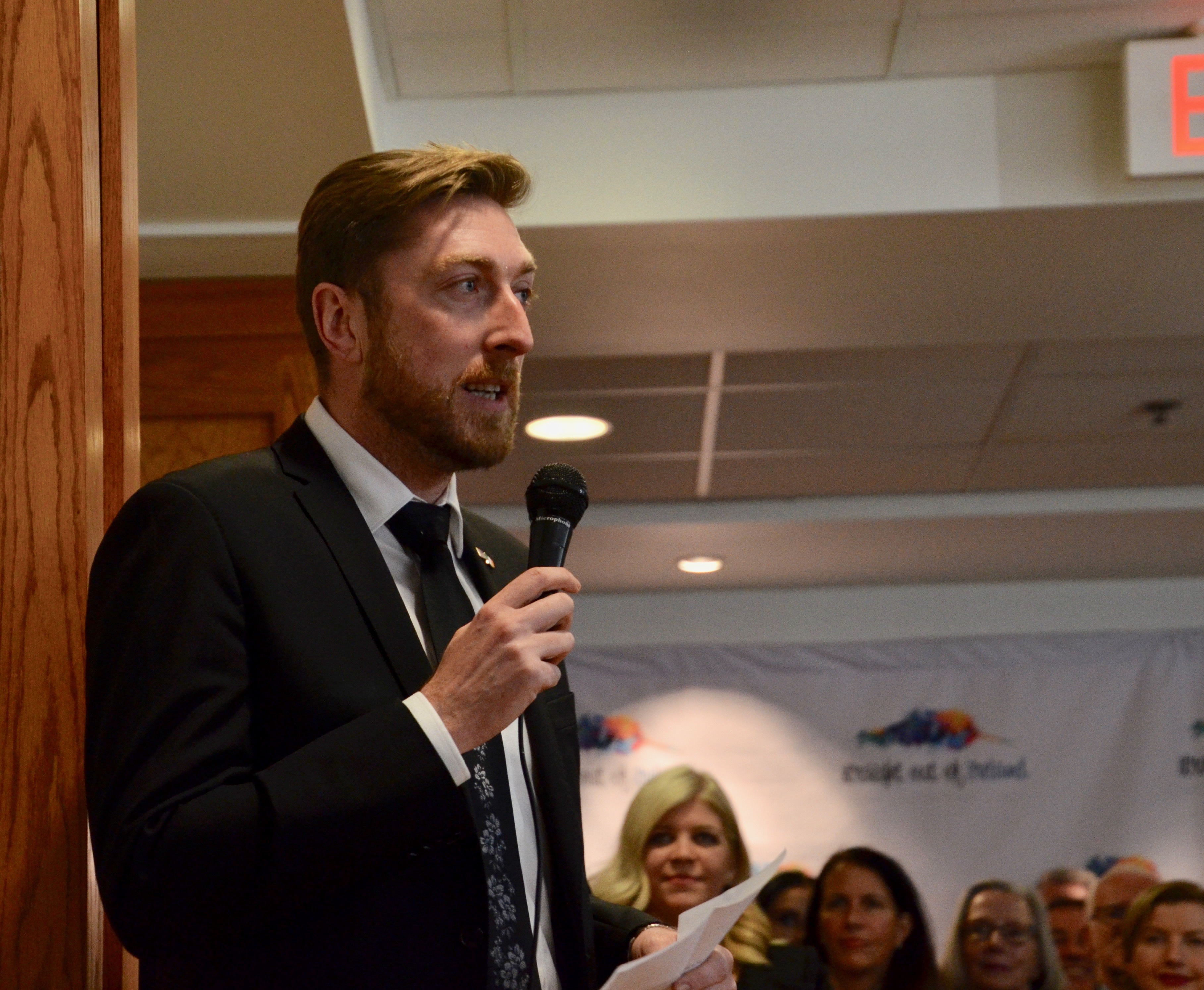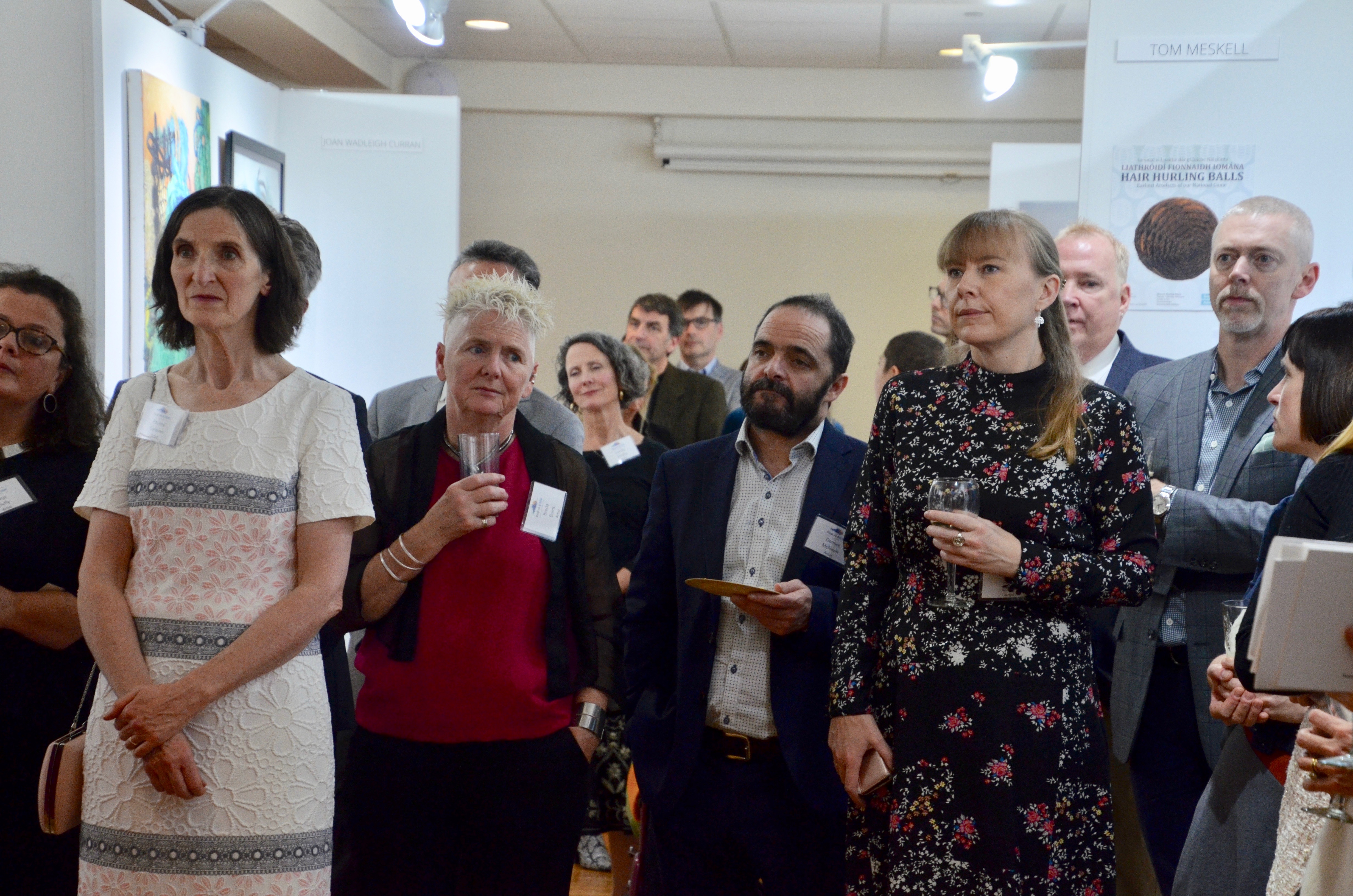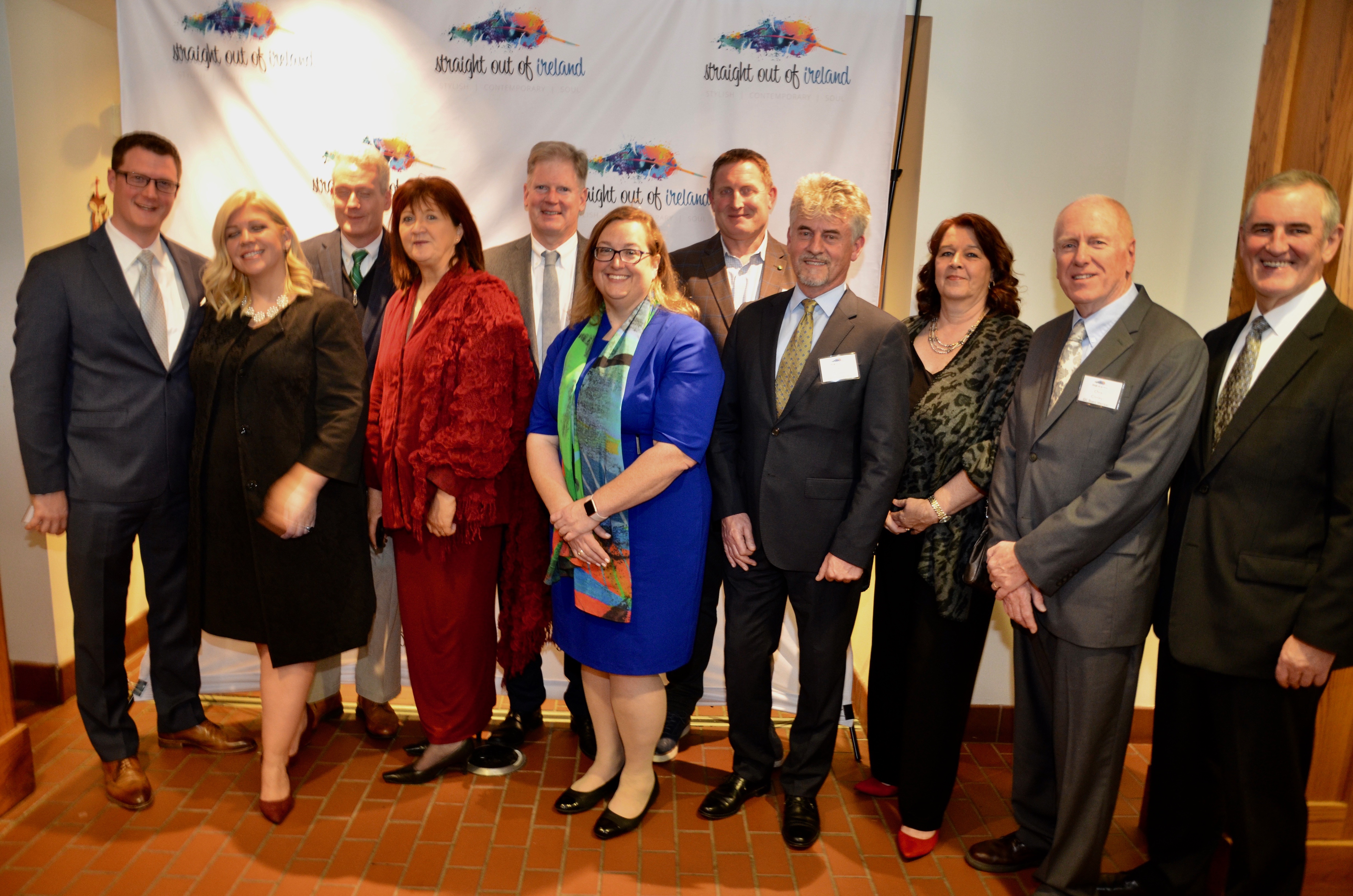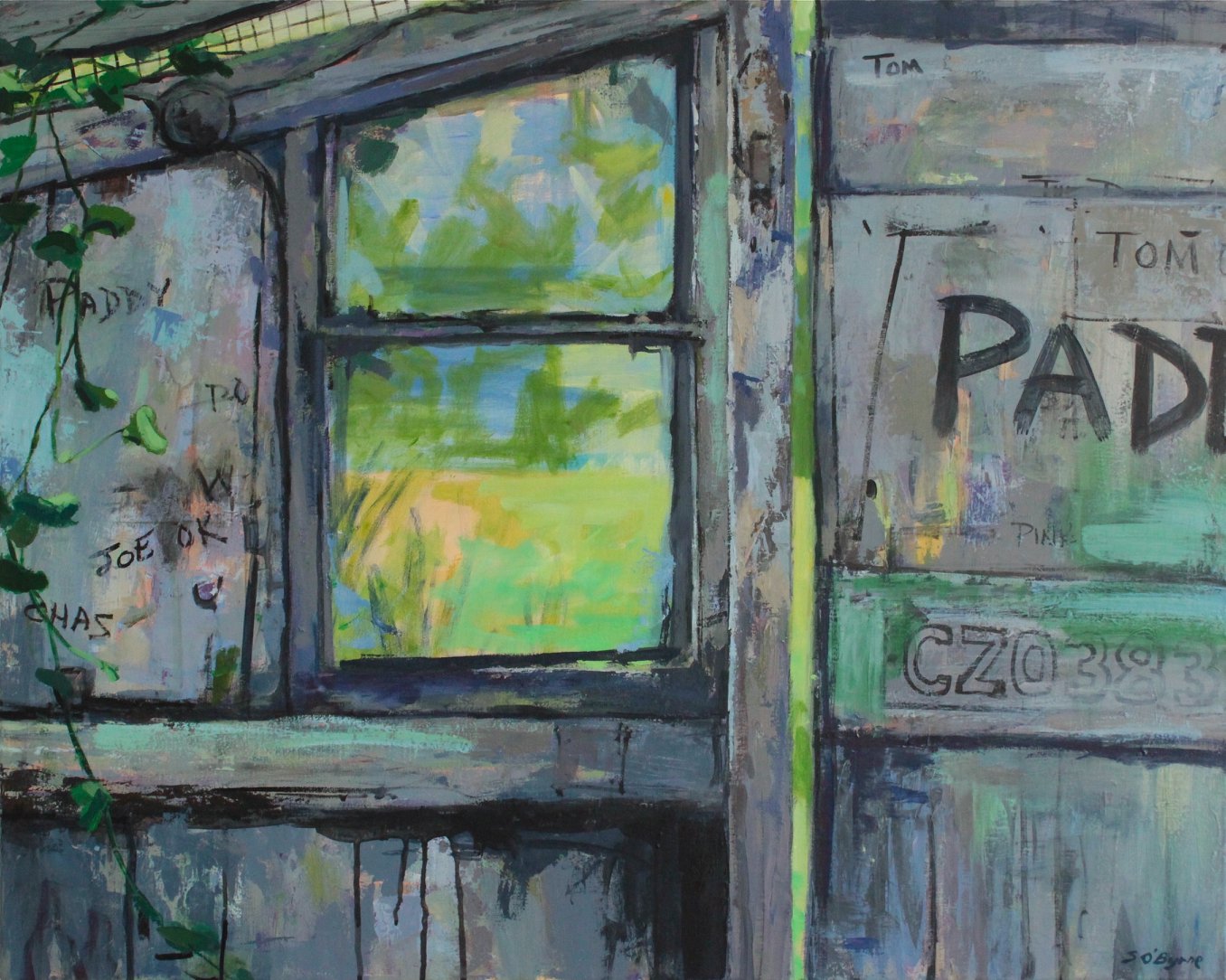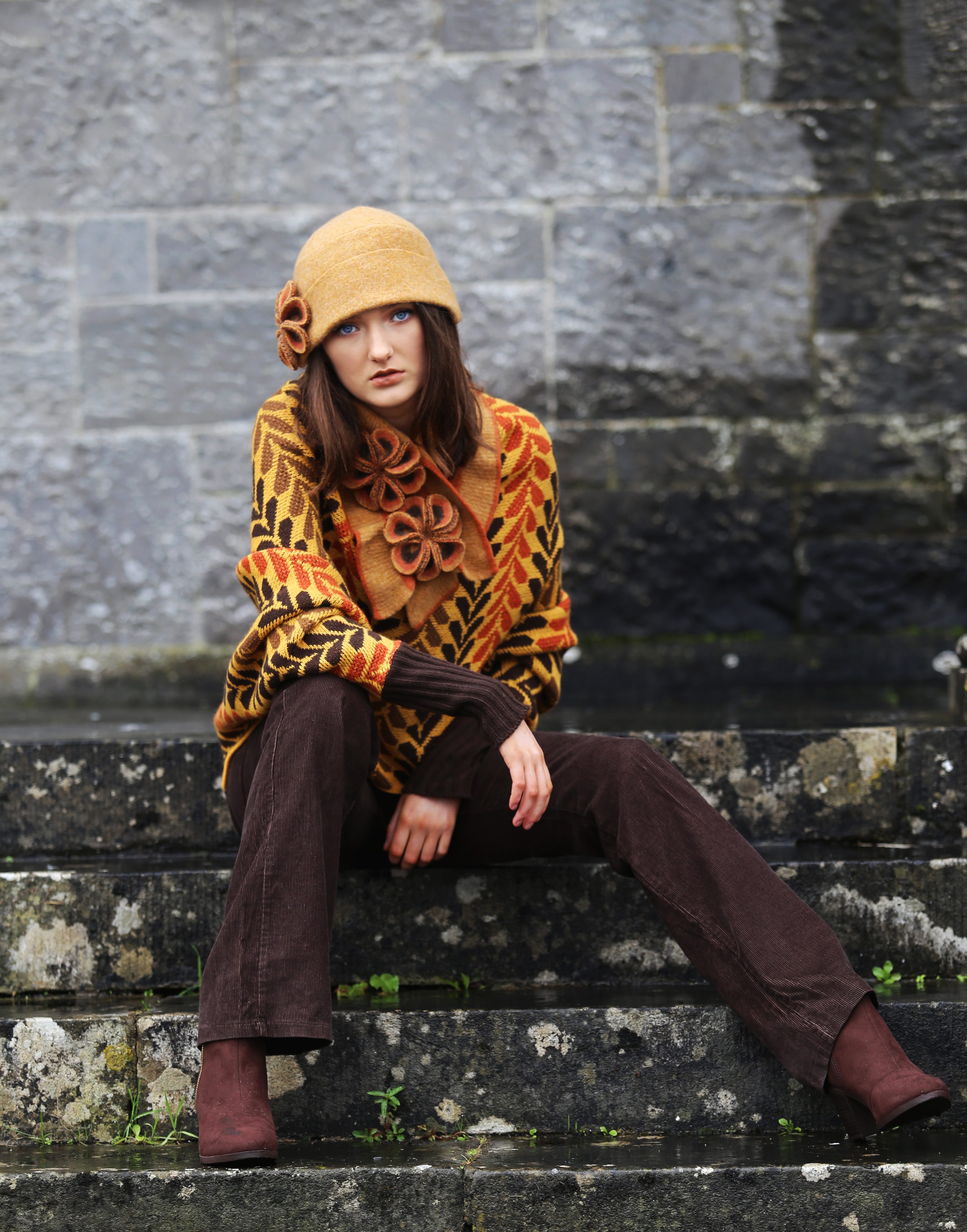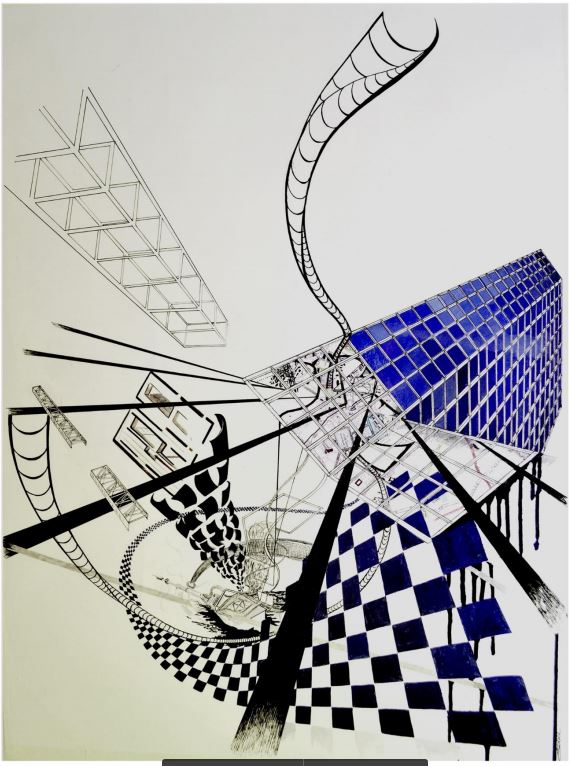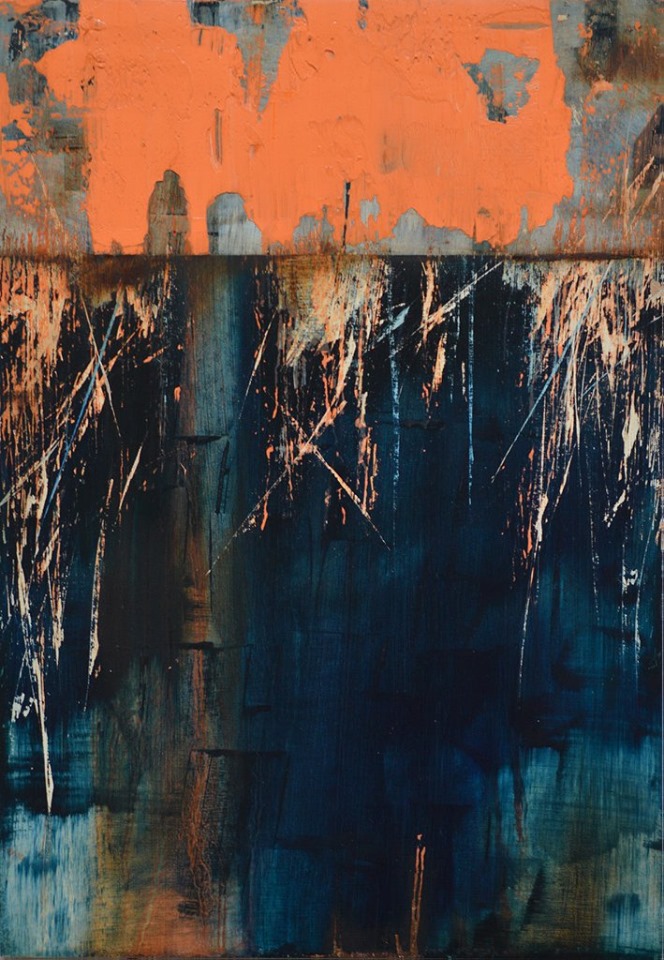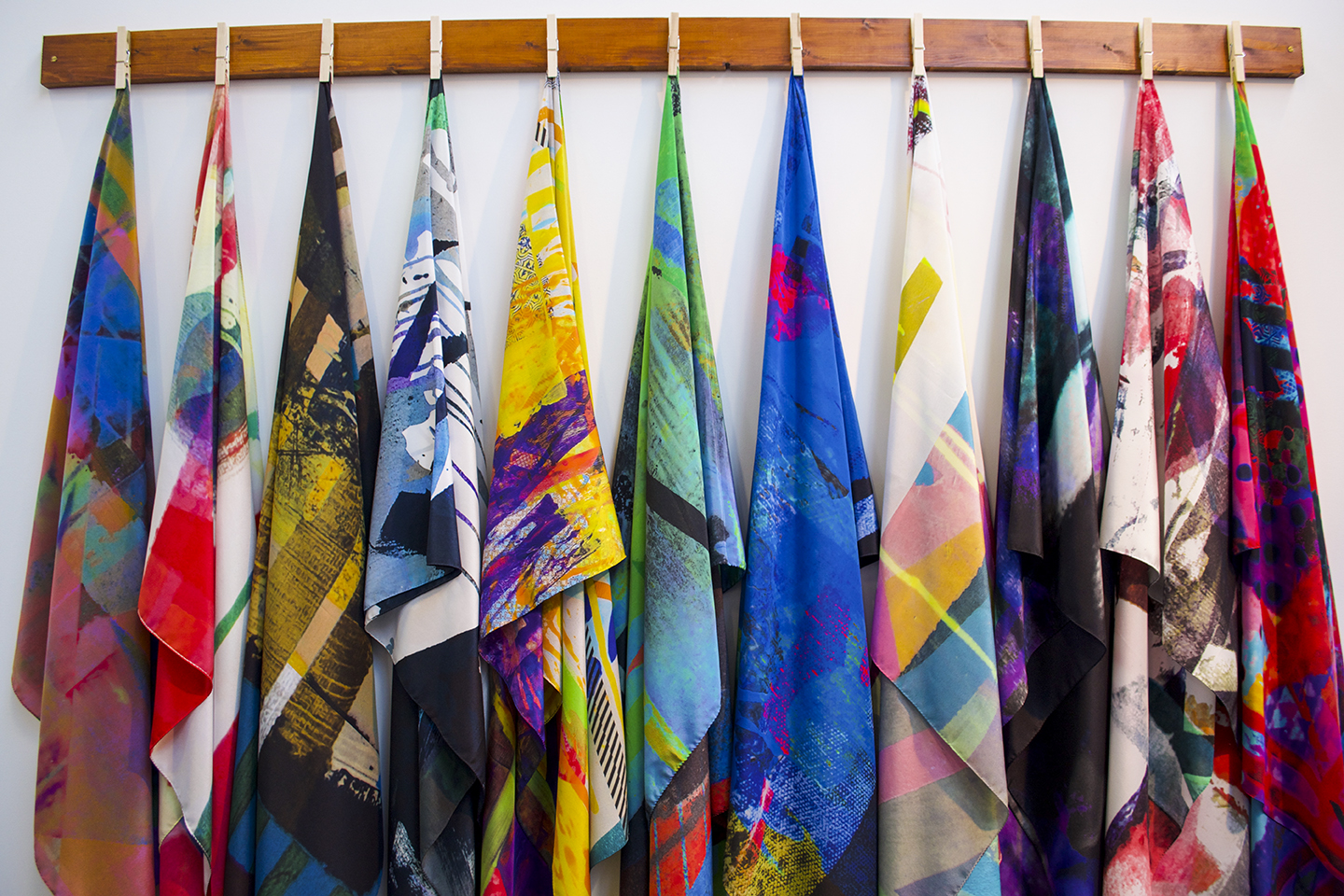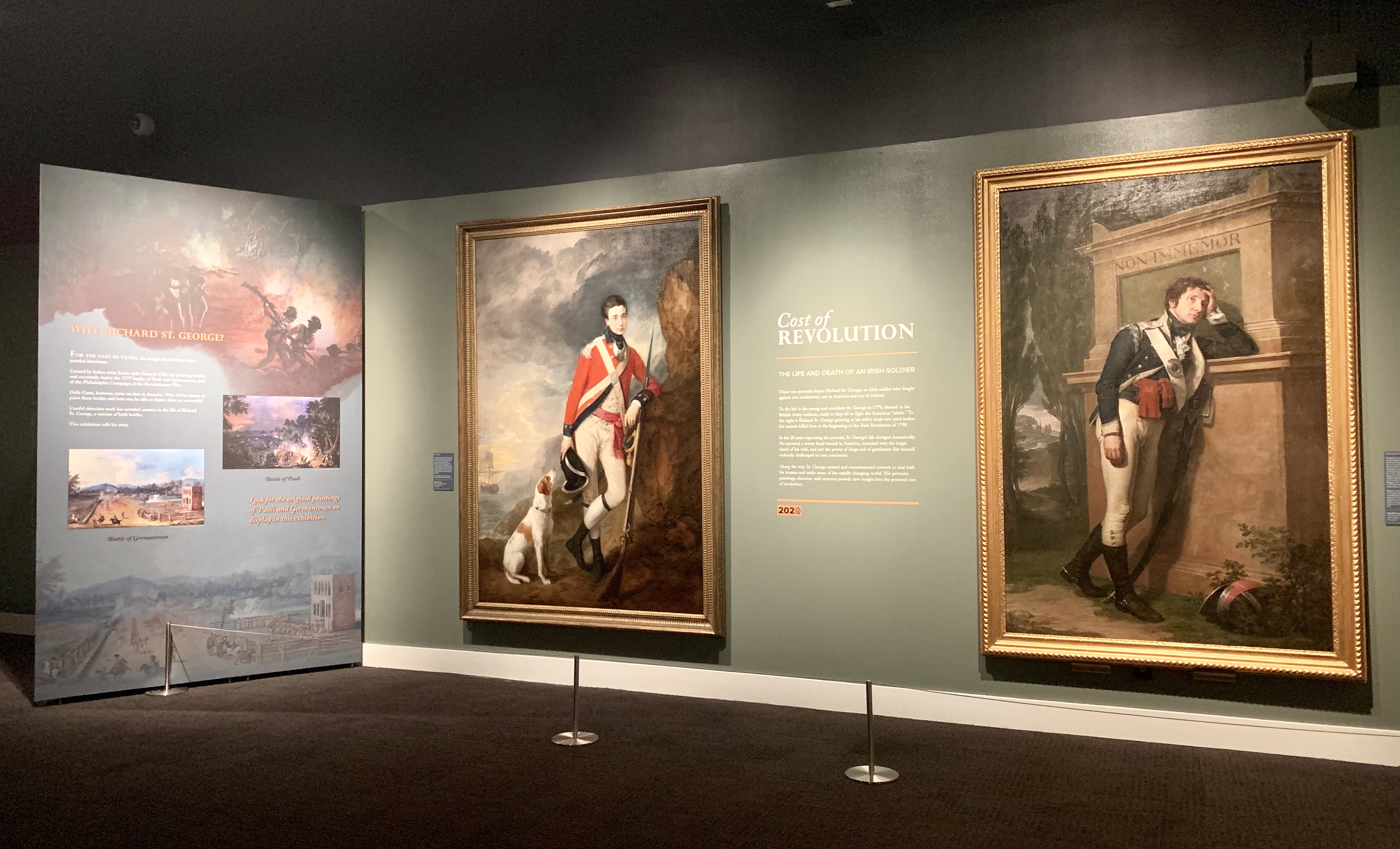Anakronos: Caitríona O’Leary, Deirdre O’Leary, Nick Roth, and Francesco Turrisi (photograph by Tara Slye)
It’s been almost 700 years since Kilkenny’s discordant 14th century Bishop of Ossory, Richard de Ledrede, held sway over the souls of his parishioners, but 17 of his medieval poems are on track to reach the listening ears of a 21st century audience on the newly released CD, “The Red Book of Ossory.” And thanks to Caitriona O’Leary and the group Anakronos, what an innovative and exalted musical experience it has been transformed into.
But in order to wax properly eloquent on the newly released CD, there first needs to be some background on the origins of the Red Book of Ossory itself.
Richard de Ledrede was a man of massive contradictions. English-born, and a student of the Franciscan order, he was appointed Bishop of Ossory in 1317 by the Papal Court in Avignon. Immediately after his arrival in Kilkenny, he set about doing things his way, and his way meant a strict adherence to the Church laws and beliefs as he saw them. He set a high bar where morality was concerned and that included a moratorium on the singing of “bawdy” secular songs. He composed 60 poems that are included in the Red Book of Ossory (the original manuscript is housed at St. Canice’s Cathedral in Kilkenny) with the instructions: “for the vicars of the cathedral of the church, for the priests and for his clerks, to be sung on important holidays and at celebrations in order that their throats and mouths, consecrated to God, may not be polluted by songs which are lewd, secular and associated with revelry and since they are trained singers let them provide themselves with suitable tunes according to what these sets of words require.” Poetry that Caitriona O’ Leary describes as “beautiful, esoteric and richly imagistic.”

